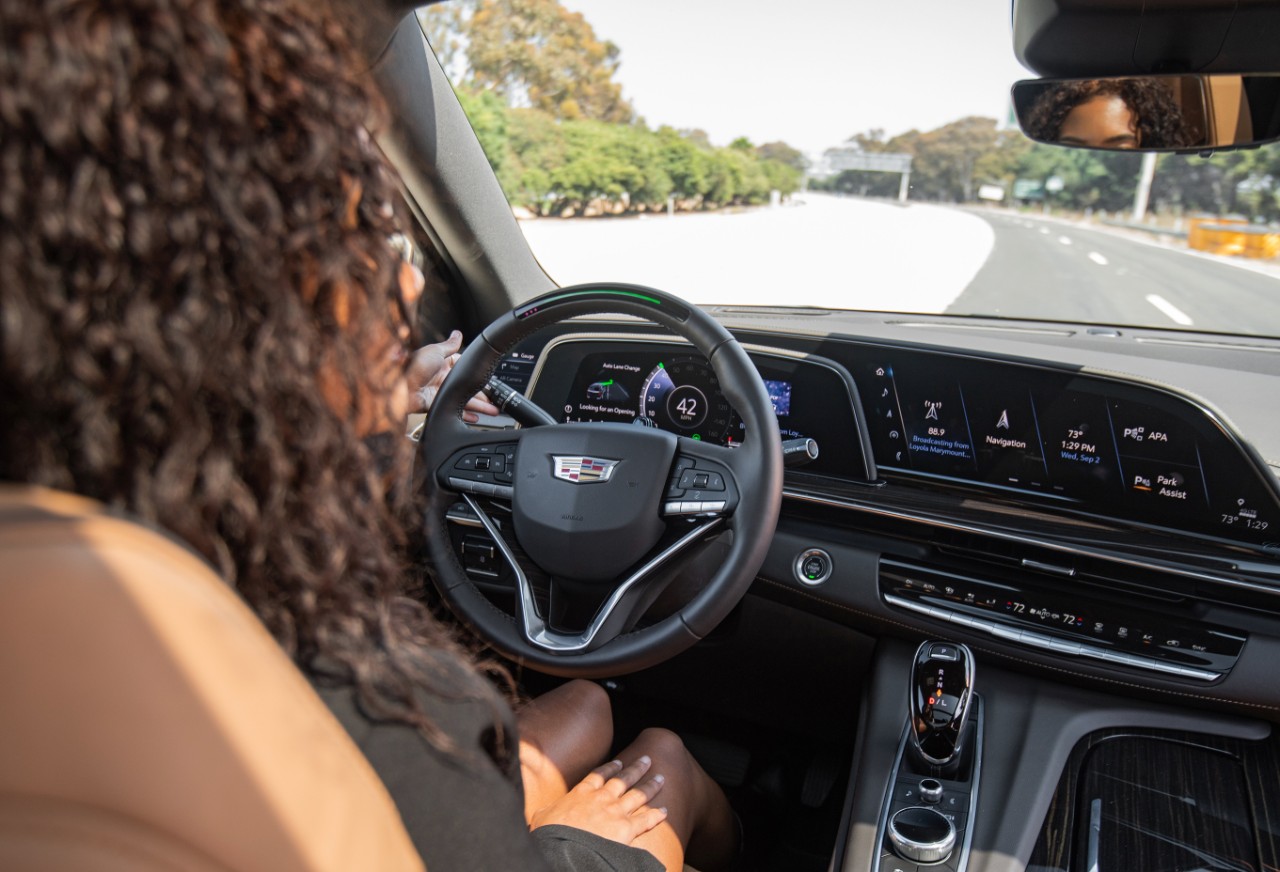MC3OZ
Active Member
Note I didn't say people will not embrace robotaxi. My question is will people embrace it enough and fast enough to generate revenue and positive margins before these companies call it quit?
Air travel solved huge problems such as traveling long distances like across water without taking a few months and risk of dying at sea. People were willing to take the risk. Are people eager to take the risk in a robotaxi so they can relax for 20 minutes beside driving on their own? Sure..oh wait uber already provide this service. So now its matter of price and where the risk and reward cross.
It's an uphill battle and these companies chasing robotaxis like it's the next California gold rush will just accelerate their bankruptcy. The operating cost is currently astronomical!
I factor in Tesla having a low fleet cost, a combination of off-lease Model 3/Y/S/X and a new Robotaxi which is hopefully economic.
Tesla is absorbing all of the costs of the software development now, and installing hardware in cars now, while still being profitable,
There are other issues like cleaning and charging to solve, but I suspect Optimus might be prepared to "work from home" on those tasks.
For other solutions, with high development costs to date, and a high fleet cost, issues with charging, insurance and cleaning to resolve, I tend to agree, not everyone finds gold.
I'm sure many aged over 25 might initially prefer an Uber, but if a Robotaxi is cheaper, many will be prepared to try it.




